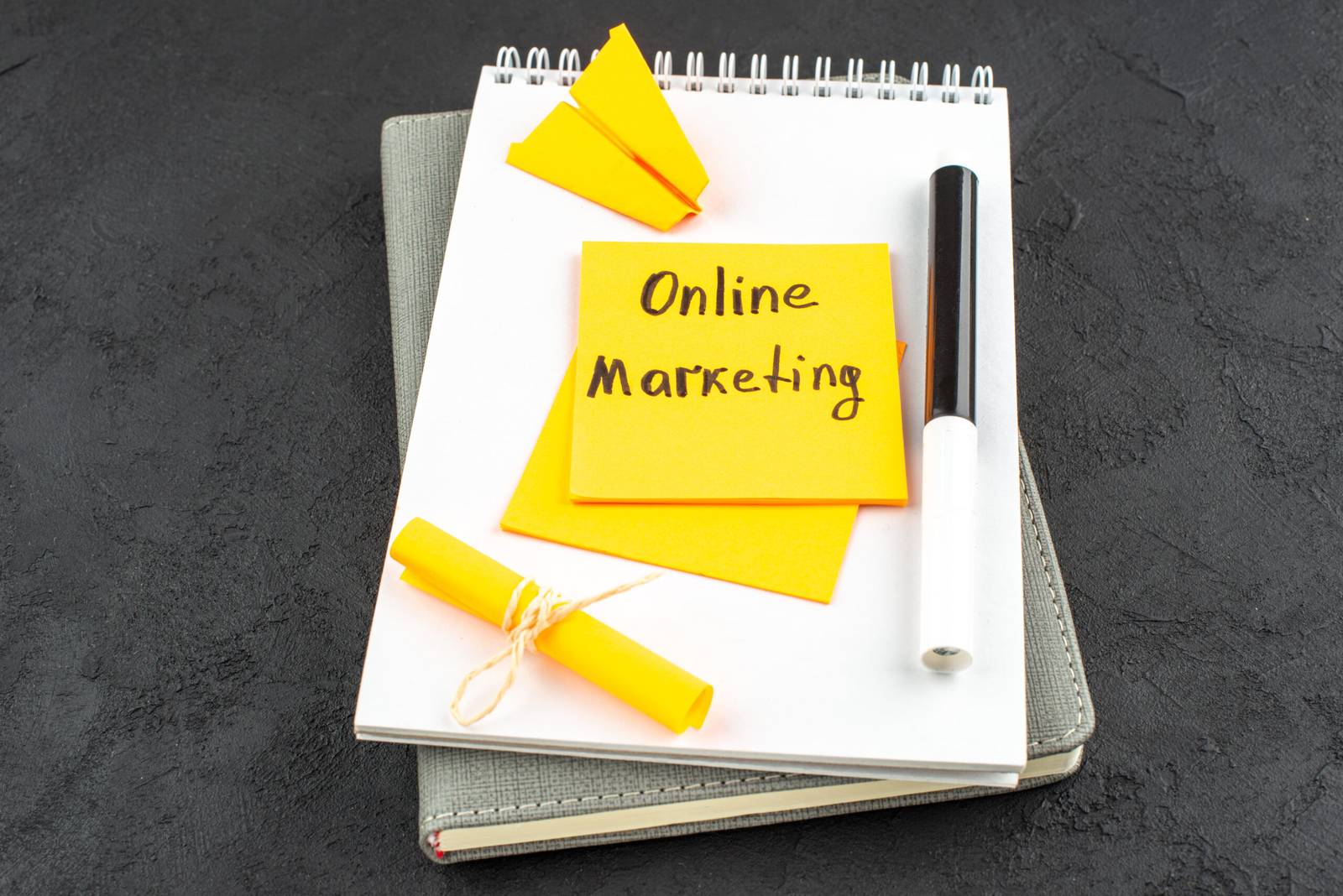Inbound Marketing vs. Outbound Marketing: Which Is Better

by Web Digital
Marketing is the backbone of every successful business, but the landscape has evolved dramatically in recent years. Two primary approaches have emerged: inbound marketing and outbound marketing. In this article, we will delve into the world of inbound and outbound marketing, exploring their differences, advantages, and when to use each strategy to maximize your business’s success.
Inbound Marketing: Attracting Customers Naturally
Inbound marketing focuses on creating valuable content and experiences that draw customers to your brand organically. It’s about providing solutions to your audience’s problems and nurturing relationships. Here are the key components of inbound marketing:
Content Creation: Inbound marketing relies on creating informative, engaging, and relevant content that resonates with your target audience. This content can take the form of blog posts, videos, ebooks, and more.
Search Engine Optimization (SEO): SEO is essential in inbound marketing. By optimizing your content for search engines, you improve its visibility and make it easier for potential customers to find you.
Social Media: Leveraging social media platforms to share your content, engage with your audience, and build a community around your brand is a core inbound strategy.
Email Marketing: Building and nurturing an email list allows you to directly reach your audience with valuable information, promotions, and updates.
Lead Generation: Inbound marketing aims to attract and convert website visitors into leads through strategies like content offers, free trials, and webinars.
Customer Engagement: Engaging with your audience through comments, feedback, and social interactions fosters trust and loyalty.
Outbound Marketing: Reaching Out to Customers
Outbound marketing, on the other hand, is a more traditional approach that involves pushing your message out to a broad audience. It’s often considered interruptive and includes tactics like:
Advertising: Outbound marketing heavily relies on paid advertising, such as TV, radio, print, and online ads.
Cold Calling: Cold calling involves reaching out to potential customers who have not expressed interest in your product or service.
Direct Mail: Sending physical marketing materials, like brochures and catalogues, to a large audience is another outbound strategy.
Email Blasts: Unlike targeted email marketing, outbound email blasts are sent to a broad list of recipients, often without their consent.
Inbound vs. Outbound: Advantages and Considerations
Advantages of Inbound Marketing:
Cost-Effective: Inbound marketing typically has a lower cost per lead compared to outbound methods.
Targeted Audience: Inbound strategies attract an audience already interested in your industry or solutions.
Builds Trust: By providing value first, inbound marketing helps build trust and credibility with your audience.
Measurable Results: Digital tools make it easier to measure the success of inbound marketing campaigns.
Considerations for Inbound Marketing:
Time-Consuming: It may take time to see significant results with inbound marketing.
Content Quality: Consistently producing high-quality content is essential for success.
Advantages of Outbound Marketing:
Quick Reach: Outbound tactics can generate rapid visibility and immediate responses.
Brand Awareness: Outbound marketing can help establish brand recognition.
Mass Appeal: Outbound methods reach a broad audience.
Considerations for Outbound Marketing:
High Costs: Outbound marketing campaigns can be expensive, particularly for advertising.
Interruptive: Many outbound methods interrupt people’s activities, potentially leading to negative reactions.
When to Use Each Strategy
The choice between inbound and outbound marketing depends on your business goals, audience, and resources. Here are scenarios where each strategy may be more suitable:
Use Inbound Marketing When:
You want to build long-term relationships with your audience.
Your target audience actively searches for solutions in your industry.
You have the resources and time to invest in content creation and SEO.
You prioritize creating educational and valuable content.
You seek to establish trust and credibility with your audience.
Use Outbound Marketing When:
You need to generate quick leads or sales.
Your goal is to create brand awareness rapidly.
You have a limited budget for marketing campaigns.
Your product or service has mass-market appeal.
You can target specific demographics effectively with outbound tactics.
The Blended Approach
Many businesses find success in combining both inbound and outbound marketing strategies. This approach allows you to cast a wider net while nurturing relationships with those who express interest. For example, you can use outbound advertising to raise awareness and drive traffic to your website, where you can then engage with visitors using inbound techniques.
Conclusion
In the battle of inbound vs. outbound marketing, there is no one-size-fits-all answer. The effectiveness of each strategy depends on your unique business, goals, and audience. It’s essential to evaluate your resources, objectives, and customer preferences to determine which approach, or combination of both, is the right fit for your marketing efforts
Recommended Posts

Web Design Portfolio Tips for Canadian Freelancers
September 27, 2025

The Cost of SEO Services in Canada
September 27, 2025

How to Use Google Business Profile for Local SEO
September 26, 2025
